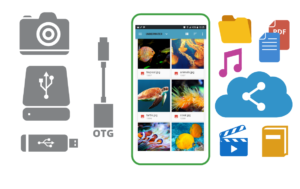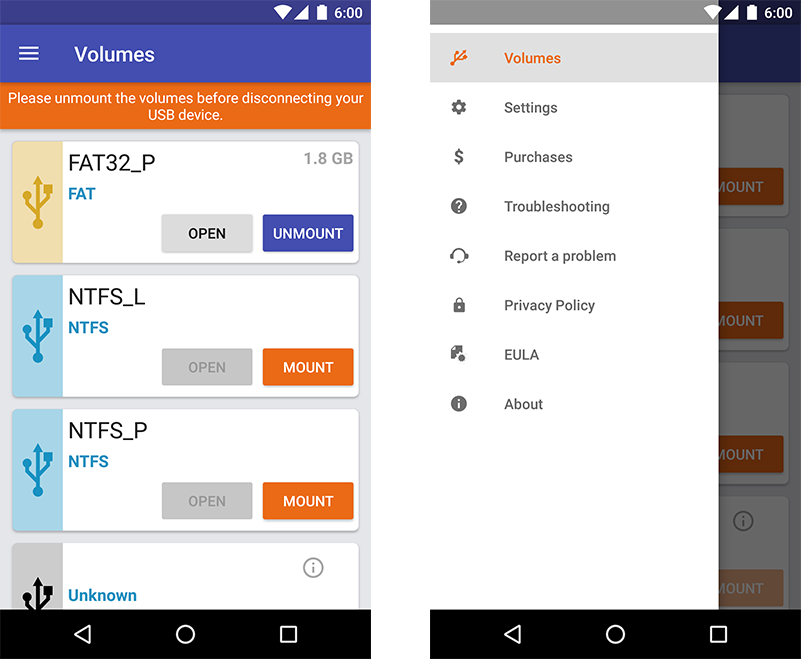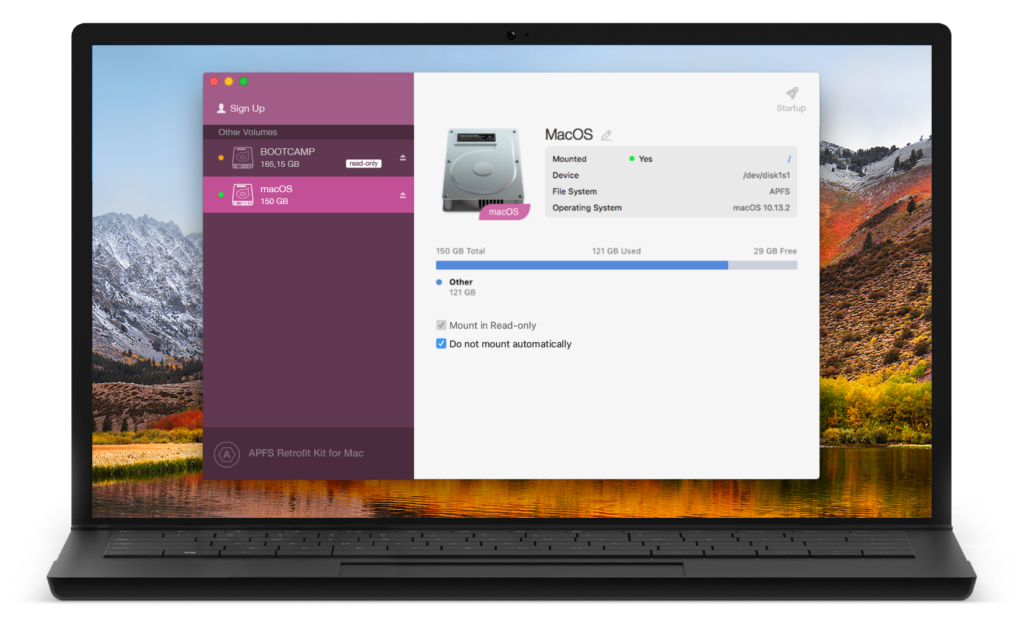There are a few main reasons that people buy from Apple: great design, an approachable user interface, and an OS that is known for being virus-resistant.
And yes, your Mac is definitely less likely to get a virus than a system running Windows, but that doesn’t mean that your system is immune!
If you have been caught by one of the many viruses, adware or ransomware that’s lurking around the internet, you’ll be wondering about Mac malware removal.
What’s the best way to get rid of it?
Which apps and programs will delete the malware and have you back up and running the quickest?
We’ll take an indepth look at this topic, and answer the most pressing questions you have about how to remove malware from a Mac including:
- Do Macs need malware protection
- What are some recent malware threats?
- How to tell if your Mac is infected
- The 5 best malware removal tools for Macs
- How to manually remove malware from your Mac
- How to recover from a malware attack
Do Macs Need Malware Protection?
You might be asking yourself ‘do Macs even need malware protection?’ Sadly, they do.
Malware threats are a universal problem, and are constantly evolving. Because of that, not only do you need protection, you want to use a malware detector and remover that is consistently updated against new threats.
A 2018 report by Malwarebytes showed that there was a 270% increase in Mac malware in 2017, and this trend is not showing signs of slowing.
As many Mac owners think of their device as virus-resistant, malware developers take advantage of that mindset. There is good news though! Macs already have a fairly robust system to ward off malware threats.
The Gatekeeper program, which is on every Mac, blocks any programs from running, unless they have digital approval from Apple. Gatekeeper is a great first line of defense against malware. Apple is quite dedicated to helping their users stay malware free, and has some handy articles about it.
In general, if you only download apps from the Mac App Store, you should be safe from malware. A lot of malware results from downloading pirated software or media, or downloading apps from untrustworthy sites.
Sticking to apps that have a security certificate from Apple is a good idea (although even they are not always safe, as we will see!) and if you are downloading something from a non-App Store location, do a quick Google just to make sure there aren’t any known threats.
3 Recent Mac Malware Threats
OSX/CrescentCore
This guy showed up on a few different websites in 2019, including one commonly used to download comic books, as well as showing up in Google search results. Disguised as part of an Adobe Flash Player update, this sneaky malware would install either rogue software or a malicious Safari browser extension.
This malware was actually able to get around Gatekeeper by having a signed developer certificate, assigned by Apple. The certificate was eventually revoked by Apple.
OSX/Linker
This malware exploited a zero-day vulnerability in Gatekeeper. A zero-day vulnerability is a newly discovered security flaw, known to the developers but as yet without a patch or solution. Hackers love to exploit these types of flaws, and did just that with the OSX/Linker malware.
Loud Miner (aka Bird Mine)
This malware was found in a cracked installer for high-end music production software called Ableton Live.
Once downloaded from the website VST Crack (which is known to have been distributing malware for at least 4 months), the user runs the installer, which also installs the malware.
This particular program would use the infected computer to mine cryptocurrency.
This is by no means an exhaustive list, and MacWorld has a great rundown article on all of the recent malware that you might encounter, should you require it.
How Can You Tell if You Have Malware on Your Mac?
All this talk of viruses, malware and threats – you must be wondering if you’ve been affected. How would you be able to tell if you have a virus on your system?
The authors of malware work hard to make sure that you won’t know it’s there, but there are some ways to tell if you have malware.
- Your computer is running slower than usual, or your fan seems to be working overtime. If you’re not personally running programs that take a lot of computing power, then someone else might be! This could be bitcoin mining, DDoS (dedicated denial of service) attacks, or any number of other, processor-hogging activities.
- An increase in ads, especially pop-up ads. If you’re seeing ads in places where they previously didn’t show up or you are getting pop-ups throughout the day – even when not browsing the internet – you very well might have an issue.
Fake virus scanners can be part of the pop-up, claiming to have found any number of issues on your mac to trick you into registering for the paid version of the software. - Consistent browser issues. Sometimes this can be redirecting you to sites that you have never seen before (and certainly were not trying to go to!) or changing your homepage.
- Other issues can be regular crashes, exceptional slowness, or unresponsiveness.
If you have concerns, the best thing to do is to use a malware scanner to check your computer.
It’s a great way to check and see if you have anything nefarious lurking in your system. This is the most surefire way to check, but remember, malware developers are always creating new malware, so even a scanner might not pick up on something.
5 Malware Detection and Removal Apps you Should Know About
So – you’re worried that you have malware on your Mac. What do you do now?
Let’s take a look at some of the best malware detection and removal tools for Mac.
These have been voted on by actual users of MacUpdate, so we know that these are people who have put the apps to the test:
Manually Removing Malware
If you have malware and would like to remove it yourself, we can help you with that, although we should warn you that it is advised to use the help of experts – Malware can be very hard to fully remove, and you should be very careful!
So, here is what you should do if there is malware on your computer and you want to remove it.
- First, no more passwords. You should not enter a single password on your computer. If the malware is running a keylogger, then they will get all of your logins and passwords, and that – obviously – is a big problem for you.
One thing to keep in mind is that some malware will take secret screenshots, so showing the password or copying and pasting it from a document might present you with some problems as well. - Second, get offline and stay offline until you’re sure that the problem has been solved. Malware has to be connected to its network to do it’s (bad) thing, so cut off its communication and you’ll be able to effectively shut down the issue.
- Check the Activity Monitor (in the Utilities folder) to see which apps are running. You should recognize all of them, and if there is one that you don’t recognize – or are not sure about – select the app and force quit.
It’s probable that the malware developer has foreseen that people will try and use Activity Monitor to force the program to stop, so most will be named something innocuous, and will be more difficult to spot. As such, this method is not the ideal way to rid yourself of malware. - If you have a backup, now is the time to use it. All computer experts will tell you to periodically make backups of your system for situations like this – use SuperDuper or Time Machine to make backups regularly, and you’ll be able to revert to a pre-infection backup.
Make sure not to reopen any suspicious programs, files or emails after you install the backup though, there’s no sense in going through all that trouble just to get infected again! - If all else fails, you might have to reinstall macOS after wiping the hard disk. This is a last resort method, though, as you will lose everything you have on the computer.
Recovering from a Malware Attack
The best way to recover from a malware attack is to have prepared for it by creating a copy of your disk. It’s true what they say, the best offense is a good defense.
If this advice is coming a little too late to help you right now, just put it in your pocket for the future, as it will never stop being relevant.
Using a program like Paragon Backup & Recovery to create clones of your system will save you so many headaches in the future. It’s a simple process to put these clones in a partition, drive or external drive, and you’ll be thanking your past self for doing so.
Users have recovered instantly from ransomware attacks by simply rebooting a previous day, effectively kicking the malware from their system without any fuss – and without losing any money, data or time.
Keeping your Mac Malware Free
Ultimately, the best way to keep your Mac malware free is to take advantage of malware scanning and detection programs to ensure that you’re running a clean system and are not the victim of any malware attacks.
There are a ton of programs out there that promise to keep your Mac malware free, but it can be difficult to decipher which one is the right fit for you.
Take advantage of user reviews to make sure that you’re using the best programs, whether paid or free. Sites like MacUpdate are great tools, because not only can you benefit from the experience of others, you can leave your own reviews to help other users.







